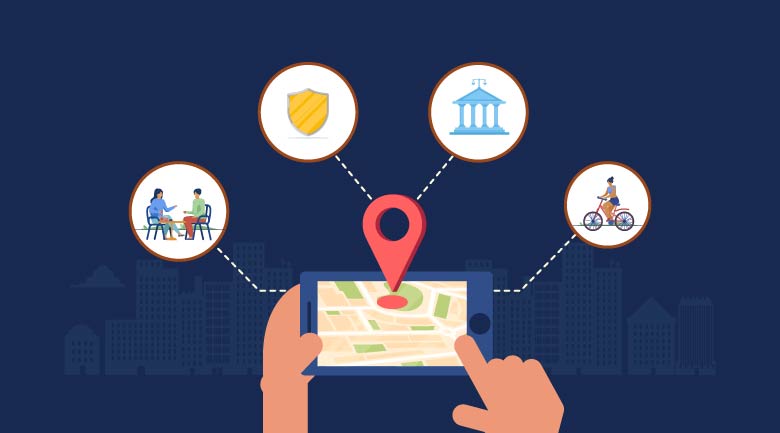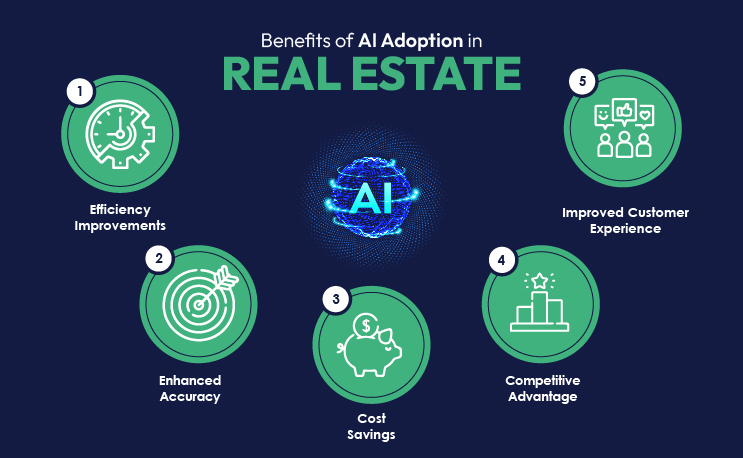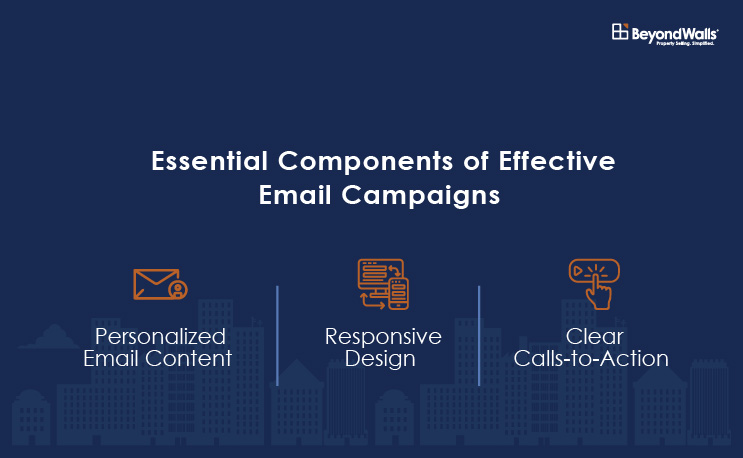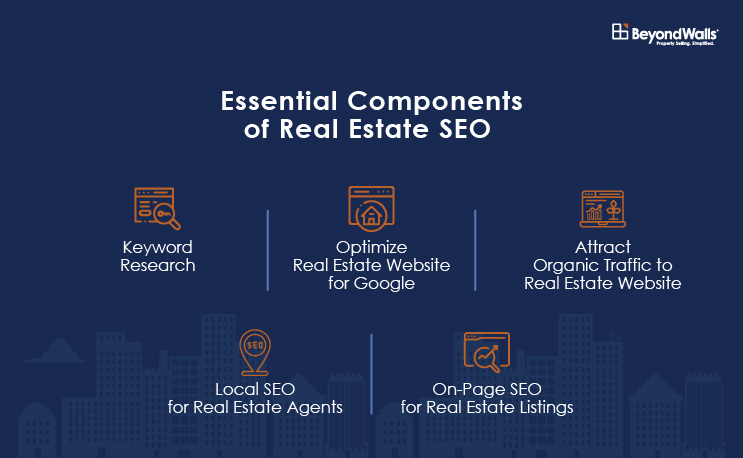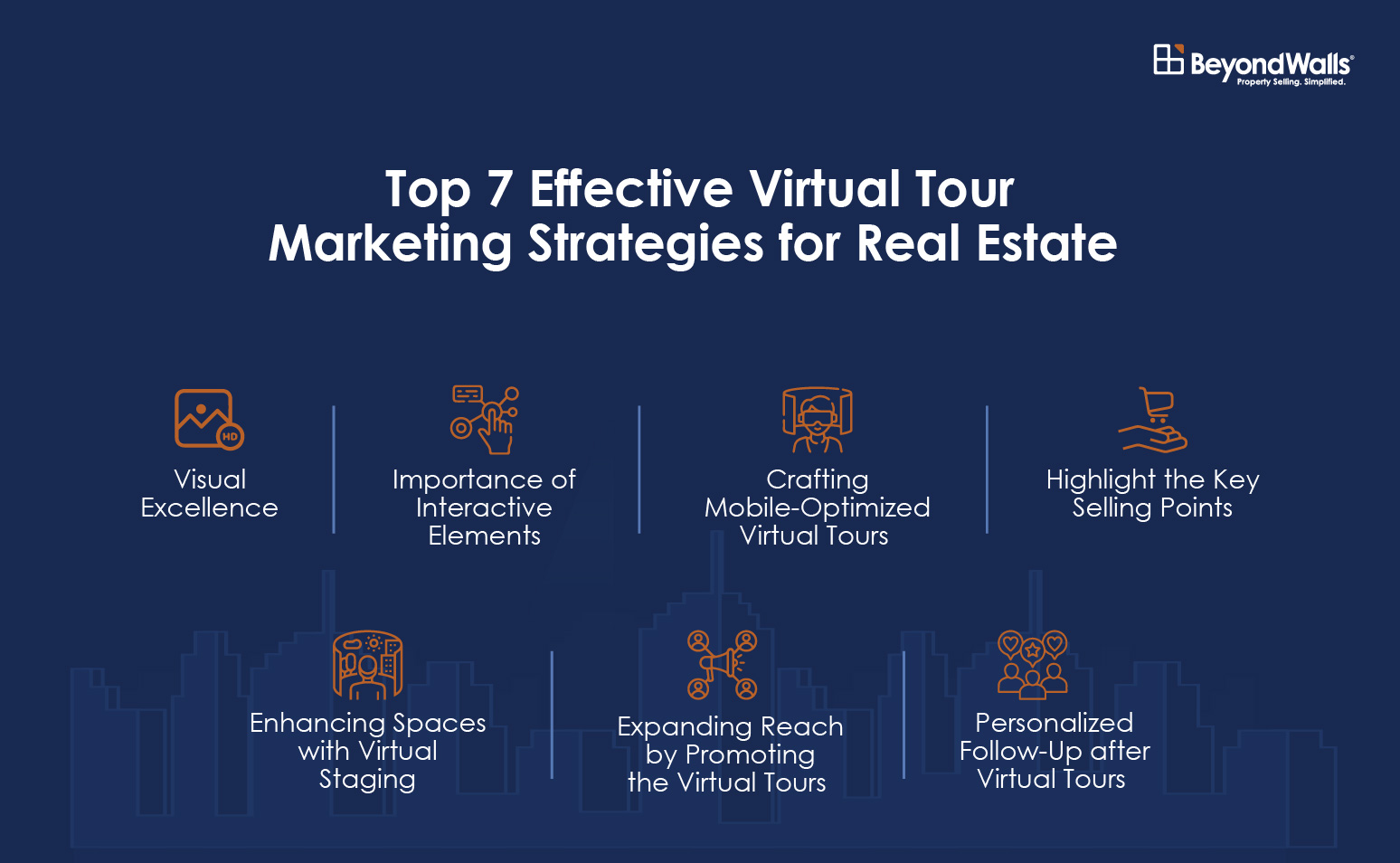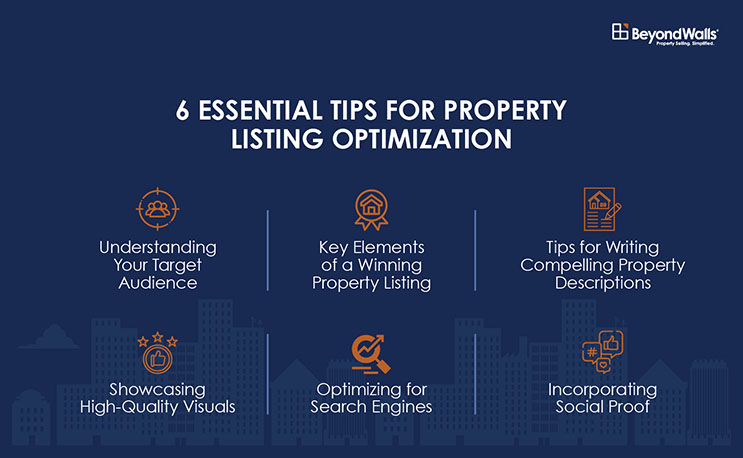When we commit to something that demands a significant amount of our resources, time, and energy, we instinctively seek security and safety. This instinct intensifies when we venture into one of life’s most substantial investments – buying a home. As a first-time homebuyer, you might find yourself grappling with several critical questions:
– How does the government safeguard my interests when I buy a home?
– What legal measures, like the RERA guidelines for buyers, are in place to protect me from unfair practices?
– How can I ensure that my investment is secure?
This is where the Real Estate Regulatory Authority (RERA) comes into play. Established to enhance transparency, impose accountability, and ensure fair practices in the real estate sector, the RERA Act acts as a guardian for home buyers. Delving into the history of RERA reveals its foundational role in transforming real estate transactions in India, making them more buyer-friendly than ever before. In this blog, we will explore key aspects of RERA, including what is RERA, its pivotal provisions, the manifold benefits of RERA to homebuyers, and why RERA is important for ensuring a fair deal in the market. Prepare to arm yourself with essential knowledge that will guide you through your home buying journey.
-
From Turmoil to Transparency: The Historical Path to RERA’s Enactment
Before the implementation of RERA, the Indian real estate sector was often akin to navigating a chaotic marketplace where buyer bewilderment was frequently exploited. Homebuyers regularly faced a labyrinth of incomplete projects, arbitrary pricing, and unfulfilled promises. Tales of endless waits for possession, diversion of funds by developers to other projects, and arbitrary changes to project plans were the norm. This environment led to a significant trust deficit, marred by disputes and financial distress, stretching the patience and pockets of the average Indian homebuyer. To address these challenges and restore confidence in the real estate market, the Indian government, under the leadership of the Ministry of Housing and Urban Poverty Alleviation, introduced the Real Estate (Regulation and Development) Act, 2016. Officially coming into effect on May 1, 2016, RERA was designed to ensure transparency, accountability, and fair play, setting a new standard for a buyer-friendly real estate environment.
-
What is RERA?
The Real Estate (Regulation and Development) Act, universally known as RERA, was established to bring transparency and regulate the Indian real estate market, safeguarding buyer interests and ensuring fair play. This revolutionary act has set forth strict guidelines that developers and agents must adhere to, drastically changing the way real estate transactions are conducted in India.
Example: Consider a scenario in Pune where a buyer is looking to invest in a new residential area. Thanks to RERA, they can now easily access detailed reports and status updates on the construction progress and legality of the project directly from the RERA portal, ensuring that all stipulations are met before they proceed.
-
Key Provisions of RERA
One of the major aspects of RERA is enhancing project transparency. It requires developers to disclose detailed project information, including plan layouts, government approvals, and the status of land, ensuring that everything is clear to potential buyers right from the start. Moreover, the act emphasizes RERA compliance to foster a reliable real estate environment. RERA also establishes a mechanism for the redressal of grievances, allowing buyers to file complaints against developers or agents if there are discrepancies or issues with the commitments made.
-
RERA Guidelines for Builders
RERA guidelines for builders mandate stringent compliance to ensure that constructions adhere to approved plans and project specifications as disclosed to buyers at the time of purchase. Builders are required to update the RERA website regularly with the latest information regarding the construction status, which is crucial for maintaining transparency with buyers. This direct line of communication helps prevent common malpractices such as misallocation of funds or undue delays in project completion.
-
RERA Rules for Possession
One of the critical components of RERA is its rules regarding possession. The RERA rules for possession mandate that builders provide an accurate timeline for project completion and handover of possession to the buyer. In case of delays, builders are liable to pay an interest rate penalty to the buyers, equivalent to the prescribed rate or the rate mentioned in the agreement, whichever is higher. This rule acts as a safeguard for buyers, ensuring that they are compensated for the inconvenience and financial impact caused by delays.
Example: In a development near a prominent IT park in Pune, a developer was required to update the project’s progress every quarter on the RERA website. This practice has helped maintain transparency and build trust with potential buyers, showcasing compliance with RERA guidelines.
-
Benefits of RERA for Homebuyers
Under RERA, transparency is not just a requirement but a guarantee. Homebuyers can now access all relevant information about a project through the RERA portal. This initiative ensures that developers are held accountable for the timely delivery of projects and adherence to the quality standards promised. If a project is delayed, RERA mandates that developers pay interest on the amount paid by buyers, equivalent to the bank loan interest rate.
Example: A residential complex in the outskirts of Pune was delayed by six months past the promised possession date. Due to RERA, the developer had to compensate the homebuyers with the current interest rate applicable on their initial deposits, mitigating financial losses for the buyers.
-
How RERA Protects Homebuyers
RERA introduces the mandatory use of escrow accounts, requiring 70% of the money taken from buyers to be kept in these accounts. This money can only be used for the construction of the project and cost-bearing activities, which prevents fund diversion and misuse. Additionally, RERA enforces quality assurance by holding developers accountable for any structural defects or quality shortcomings for a period of five years after possession.
Example: A developer in Pune launched a luxury condo project where the funds from pre-bookings were directed into an escrow account. This ensured that the funds were used appropriately, leading to timely project completion and high-quality construction adhering to the promised specifications.
-
RERA Compliance and Its Impact on the Market
The impact of RERA on real estate developers has been profound. Developers now face stringent penalties for non-compliance, which has forced them to overhaul their operational protocols and ensure greater accuracy in their project timelines and commitments. This has instilled a renewed sense of trust in buyers, revitalizing investment in the real estate sector. Conversely, the regulation has also led to a more organized market, potentially stabilizing property prices and making the market less speculative.
Example: Post-RERA, several small to medium developers in Pune have merged with larger developers to meet the stringent requirements imposed by the act. This consolidation has led to a more structured market, with fewer but more reliable projects on offer.
5 Lesser-Known Facts That Transform How You Buy Real Estate in India
- Standardized Carpet Area Calculation: RERA mandates the use of standardized methods for calculating carpet area, ensuring consistency and clarity for homebuyers. This helps buyers accurately compare properties and understand exactly what they are paying for.
- Consumer-Friendly Dispute Resolution Mechanism: RERA introduces a consumer-friendly dispute resolution mechanism through Real Estate Regulatory Authorities (RERAs) and Appellate Tribunals. This allows buyers to seek quick and efficient resolution of disputes without resorting to lengthy legal battles.
- Online Project Registration: RERA mandates that all real estate projects must be registered online with the respective state’s Real Estate Regulatory Authority. This digital platform allows buyers to access project details and track progress conveniently from anywhere, promoting transparency and ease of access to information.
- Promotion of Green Building Practices: RERA encourages the adoption of environmentally sustainable and energy-efficient building practices. Developers are incentivized to incorporate green features into their projects, promoting eco-friendly living and reducing the environmental impact of real estate development.
- Strict Regulations on Advertisement: RERA imposes strict regulations on advertising and marketing of real estate projects. Developers are required to provide accurate and truthful information in their advertisements, preventing misleading claims and ensuring that buyers make informed decisions.
MahaRERA Grading System: A Game-Changer for Homebuyers
MahaRERA Grading System is a new initiative to rate real estate projects based on transparency, financial health, and construction progress. This helps buyers make informed decisions while ensuring developers maintain high standards. The grading boosts trust and streamlines the property selection process in Maharashtra.
Conclusion
RERA has unequivocally transformed the real estate landscape in India, making it more buyer-friendly and transparent. By empowering homebuyers with the right tools and knowledge, RERA ensures that the dream of owning a home is secure and grounded in legality and fairness. As the real estate market continues to evolve under these regulations, being an informed buyer is more crucial than ever, making it important to understand and appreciate the protections and provisions offered by RERA.
Looking for Your Dream Home? Embark on your journey to find the perfect home with BeyondWalls, your trusted ally in real estate exploration. With our cutting-edge AI integration, BeyondWalls offers a personalized and efficient search experience, matching you with the property that suits your lifestyle and preferences. Explore our extensive listings of RERA approved projects across Pune and discover the home of your dreams today.
Seize the opportunity to find your ideal property with ease and confidence. Visit BeyondWalls, the best property site in India, and explore our online property portals for a seamless browsing experience. Take the next step towards homeownership and let BeyondWalls guide you every step of the way.






